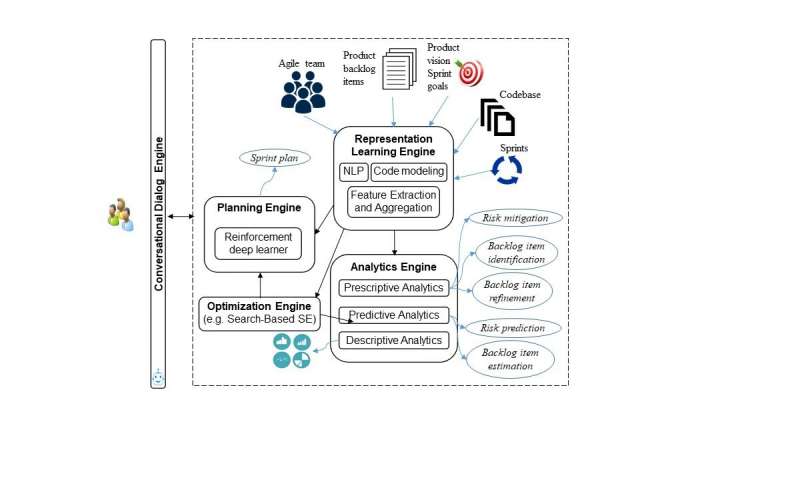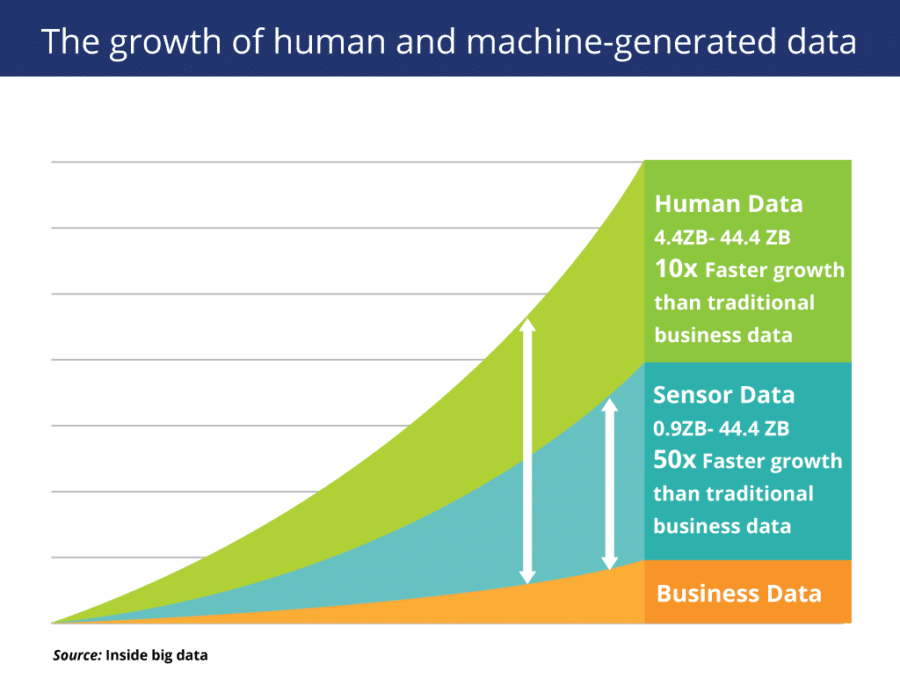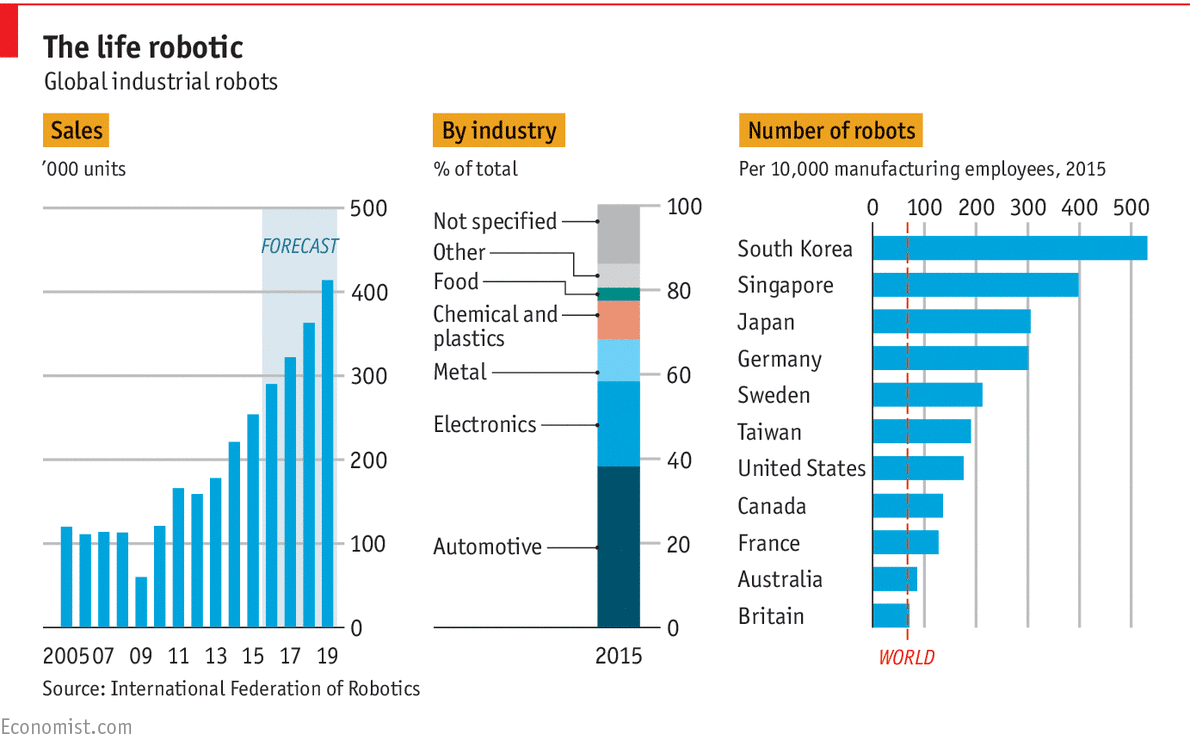Researchers at the University of Wollongong, Deakin University, Monash University and Kyushu University have developed a framework that could be used to build a smart, AI-powered agile project management assistant. Their paper, pre-published on arXiv, has been accepted at the 41st International Conference on Software Engineering (ICSE) 2019, in the New Ideas and Emerging Results track.
“Our research was driven by our experience working in and with the industry,” Hoa Khanh Dam, one of the researchers who carried out the study, told TechXplore. “We saw the real challenges in running agile software projects and the serious lack of meaningful support for software teams and practitioners. We also saw the potential of AI in offering significant support for managing agile projects, not only in automating routine tasks, but also in learning and harvesting valuable insights from project data for making predictions and estimations, planning and recommending concrete actions.”
According to the researchers, artificial intelligence (AI) tools could soon revolutionise project management, enhancing productivity by automating repetitive, high-volume tasks. AI tools could also deliver analytics-driven risk predictions and estimations, complete basic administration tasks, and give actionable recommendations.
“Our aim is to ensure that AI becomes a game changer, transforming the practice of software project management to increase software quality and productivity,” Dam said.
The study carried out by Dam and his colleagues explores the potential use of AI for agile project management, which has become increasingly popular over the past few years. Using agile project management methods such as Scrum, software teams can rapidly deliver quality software using an iterative approach to guide and plan project processes. The researchers proposed a new framework for the use of AI technologies, including deep learning, reinforcement learning, natural language processing, evolutionary search, and intelligent agents, within the context of agile project management.
“This combination of AI technologies could offer support at almost every step of an agile project’s lifecycle,” Dam said. “It could help product owners identify product backlog items (e.g. user stories and tasks), refine them (e.g. decomposing an epic into a number of user stories, splitting user stories into small stories, and breaking a user story into a number of tasks), and detect duplicates and dependencies. It could also help agile teams in sprint planning, for instance, by selecting items in the product backlog for the upcoming sprint, recommending optimal sprint plans, or predicting future risks and mitigations.”
The framework developed by the researchers addresses four main areas in agile project management that are particularly challenging, due to a lack of effective tools. These include: identifying backlog items, refining backlog items and sprint planning, as well as pro-active monitoring of sprint progress and risk management.
“Our most important contribution here is setting out a big, ambitious roadmap for future research and development of a AI tool suite for agile project management,” Dam said. “As we noted in the paper, AI will assist, not substitute, human teams. Individuals, interactions, and collaboration are still the key elements of project success as set out in the agile manifesto. AI can serve as a distinctive accelerator for agile teams and thus help to increase project success rates.”
The researchers envision an AI-powered agile project assistant that can converse with users and support them in their work. This AI system would feature an analytics engine, a planning engine, an optimization engine and a conversational dialog engine.
Dam and his colleagues are now working on developing prototype tools for each of the components outlined in their framework. Once all of these components are finalized, they plan to evaluate their system on a dataset of 150 open source projects.
“We have already developed several components of our framework, including sprint planning, story point estimation and delay risk estimation,” Dam said. “Realizing the vision set out in our paper is a big project and we are actively looking for industry partners to collaborate with us in developing parts or the full framework.”
Original article here.






